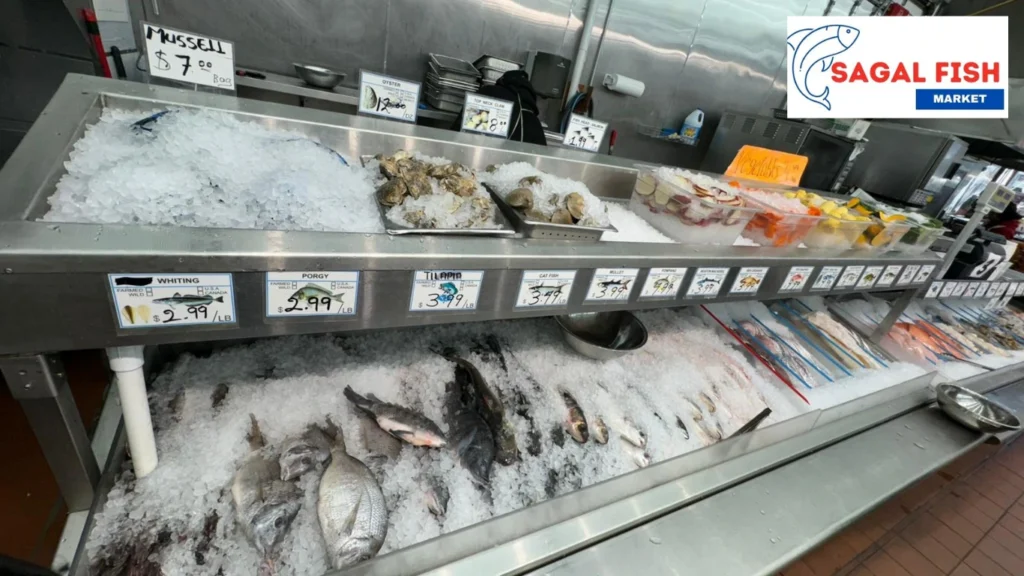A visit to your neighborhood fish market offers something grocery chains often can’t: true freshness. Most local markets receive daily shipments, sometimes directly from coastal fishermen, ensuring that seafood hasn’t spent days frozen or in transit. From the glossy eyes of a whole fish to the vibrant color and firm texture of fillets, knowing the visual and aromatic cues of freshness becomes second nature after a few visits. The experience of seeing and sometimes even speaking with the vendors gives you a direct connection to the source, helping you feel confident about what ends up on your dinner plate.
Sustainability Beyond the Label
Sustainable seafood is more than a buzzword—it’s a responsibility. Many local vendors prioritize ethical sourcing, choosing suppliers who follow catch limits, avoid overfished species, and support ocean-friendly practices. By shopping at a fish market where you can ask about the catch’s origin and methods, you’re empowered to make environmentally conscious decisions. Markets that support local fisheries also cut down on transport emissions and help sustain coastal economies, making each purchase a small but meaningful act toward ocean conservation.
What to Watch (and Smell) for When Buying Seafood
When walking through your local fish market, your senses are your best tools. The clean, briny scent of the ocean should dominate, not any overpowering fishy odor. Look for signs of freshness like moist flesh, natural sheen, and clear, firm packaging if items are pre-cut. Reputable vendors keep their display areas cold, organized, and well-maintained, showing pride in both their product and customer trust. Asking questions is encouraged—good markets value transparency and will gladly share tips on storing, cooking, or even filleting your selection.
Why Community and Tradition Still Matter
Fish markets often reflect the culture and rhythm of the communities they serve. Whether you’re in a coastal town or a multicultural city like New York, the market becomes more than a place to buy seafood—it becomes a shared space where traditions thrive. Recipes are exchanged, cooking stories are told, and trust is built over time. That human connection, paired with the ability to shop locally and seasonally, reminds us why the fish market continues to be a vital part of food culture today.
Learn more:

